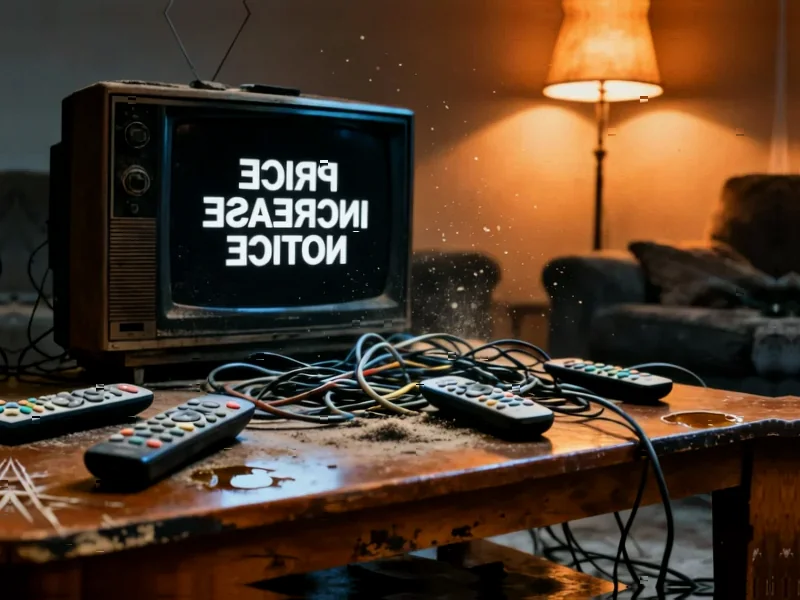According to The Verge, the standoff between Disney and YouTube TV began just before midnight on Thursday evening and shows no signs of resolution, unlike the 36-hour dispute in 2021. Disney requested that Google restore ABC networks for 24 hours specifically for election coverage and Monday Night Football, but YouTube declined the temporary restoration. Historical data reveals that during the last two U.S. election days, the majority of YouTube TV subscribers chose not to watch ABC coverage despite availability. This ongoing blackout affects key programming including Monday Night Football and ABC News election coverage during a critical period for live television viewership.
The Changing Power Dynamics in Streaming
This dispute represents a fundamental shift in streaming carriage negotiations that differs significantly from traditional cable disputes. Unlike cable providers who historically capitulated to content owners during major events, streaming services like YouTube TV are demonstrating new leverage. The streaming landscape has fragmented consumer attention to the point where even marquee events like Monday Night Football and election coverage no longer guarantee subscriber retention pressure. YouTube’s public response indicates a calculated position that consumer access to alternative news sources reduces the urgency of restoration.
The Fragmentation of Live Event Viewing
The most telling statistic from this dispute isn’t the blackout itself, but the revelation that most YouTube TV subscribers previously bypassed ABC for election coverage. This reflects a broader trend where live event viewing has become platform-agnostic. Consumers now assemble their media experiences from multiple sources rather than relying on traditional broadcast networks. The availability of free election coverage across digital platforms, including YouTube’s own service, has fundamentally changed the value proposition of bundled live TV services. This fragmentation empowers streaming providers to take harder lines in negotiations, knowing subscribers have immediate alternatives.
Sports Rights at an Inflection Point
Monday Night Football represents one of the last bastions of must-watch live television, making its inclusion in this blackout particularly significant. The standoff suggests that even premium sports content may be losing its negotiation leverage as streaming services calculate the true cost of subscriber churn versus carriage fees. We’re witnessing the beginning of a recalibration where streaming platforms may prioritize profitability over comprehensive content libraries. This could lead to more targeted, niche offerings rather than the “everything for everyone” model that characterized early streaming TV services.
The Template for Future Disputes
This dispute establishes a new template for streaming carriage negotiations that other providers will likely study closely. The combination of temporary restoration requests being denied and historical viewership data being used as leverage represents a more data-driven approach to these standoffs. As streaming services mature, we’re seeing a transition from subscriber acquisition at any cost to sustainable unit economics. This particular negotiation may set precedent for how future disputes over news, sports, and entertainment content are resolved across the streaming ecosystem.
The Evolution of Consumer Expectations
The most profound impact of this standoff may be on consumer expectations themselves. As viewers become accustomed to content blackouts and learn to navigate alternative viewing options, the psychological barrier to switching services lowers. This creates a paradox where the very fragmentation that gives streaming services negotiation leverage also makes subscribers more willing to leave. The long-term implication is a market where consumers increasingly view live TV services as interchangeable commodities rather than destination platforms, fundamentally changing the relationship between content owners, distributors, and viewers.




